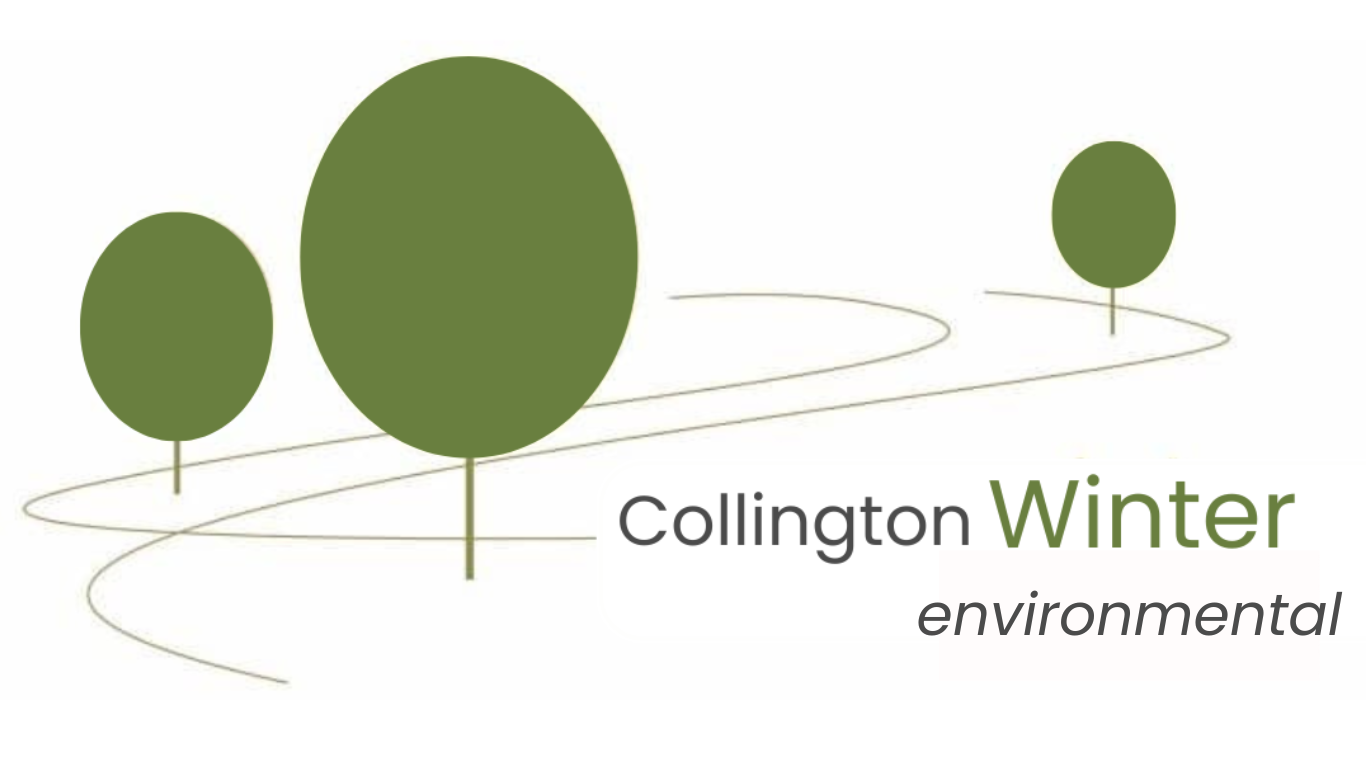Great Crested Newt eDNA Survey
What is a Great Crested Newt eDNA Survey?
A Great Crested Newt environmental DNA (eDNA) survey is a protected species survey method, which can be undertaken to detect the presence or absence of Great Crested Newts on a development site. An eDNA survey involves the analysis of water samples (collected by an Ecologist and analysed in a laboratory which has passed a proficiency testing scheme) to determine whether there is environmental DNA from Great Crested Newts present in an environment, such as a pond or other body of water.
If DNA fragments (such as mucous, skin or faeces) of the great crested newt are discovered within the eDNA sample, then it can be concluded that this species has been in contact with the pond. Following the detection of the species through the use of this technique, further methods must be undertaken to assess the population size, and thereafter mitigation plans can be set in place.

Why Would a Great Crested Newt Survey be Required?
The Great Crested Newt is a protected species, therefore, it is an offence to intentionally harm this type of species or its habitat. Surveys for great crested newts may be required for the planning application for a development project. This type of survey should always be carried out by a qualified and experienced Ecologist with a Natural England Great Crested Newt Licence.
A survey for great crested newts should be undertaken if there are suggestions, such as historical records, that the species may be present in the area of the development site. This survey is typically requested to be carried out in areas where there is a pond within 500 meters of the development site or if the site includes woodland, hedgerows, refuges, scrub, or grassland.
If newts are unlikely to be present within an area or if the planned development would have no impact on the GCN population, a survey may not be required.
Are there Benefits to Using a Great Crested Newt eDNA Survey Over Traditional Methods?
eDNA testing for the presence of Great Crested Newts using sample kits is often a more cost-effective method of detection as the initial survey is usually cheaper. However, if the eDNA analysis detects the presence of this species, the population size would need to be determined by carrying out a full survey using traditional methods.
There has been some evidence to suggest that Great Crested Newt eDNA surveys are more accurate than more traditional methods such as torching, and bottle-trapping however, more research is required to establish whether this is true.
When Should a Great Crested Newt eDNA survey be Undertaken?
Different survey techniques can be undertaken at different times throughout the year. Government guidance is available for Ecologists to determine the correct months to carry out each type of survey. An eDNA survey on Great Crested newts should be undertaken during newt breeding season, which is from mid-April to late June. If this type of survey is carried out outside of the recommended timings, the results may not be accurate and will not be accepted by Natural England for a planning application.
How Can Collington Winter Assist?
Collington Winter are an experienced team of Ecologists, providing a highly professional great crested newt eDNA service to developers on all types of projects. Our Ecology Director, Olivia Collington, holds a Natural England Great Crested Newt licence and has worked with protected species across the UK, undertaking field surveys and writing scientific, readable reports for submission at planning.
Please get in touch with our Ecology Director Olivia Collington (Olivia.collington@collingtonwinter.co.uk) for more information on GCN surveys and mitigation. We also provide ecological appraisal and assessment services.
Contact Us
Registered Address
23 Bark Street East, 1st Floor, Bolton, BL1 2BQ
Cambridge Office
Future Business Centre, Cambridge Campus, Kings Hedges Road, Cambridge, CB4 2HY
Leicester Office
Rutland House, 23-25 Friar Lane, Leicester, LE1 5QQ
Bristol Office
Newminster House, 27-29 Baldwin Street, Bristol, BS1 1LT
Telephone
Head Office: 01204 939 608
Dumfries Office: 01387 378208
